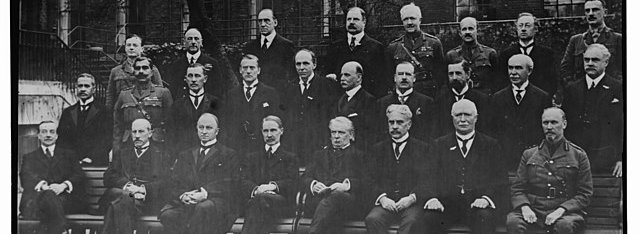| 1 min read
The nineteenth and early twentieth century Liberal Party has been well served by British political historians. By contrast, research on the post-1945 Liberal Party and Liberal Democrats has become a specialised field, with strong empirical foundations (including in biographies and political science work) but few connections with the larger narratives that historians tell about postwar Britain. This article explores how the story of the ‘long Liberal revival’ from the late 1950s to the 2010–15 coalition might be reintegrated with contemporary historiography, including debates about deindustrialisation, class dealignment and the rise of ‘popular individualism’. It argues that careful attention to the nature and limits of Liberals’ political agency can help us understand the changing meaning and significance of third-party politics in Britain.
Need help using Wiley? Click here for help using Wiley







